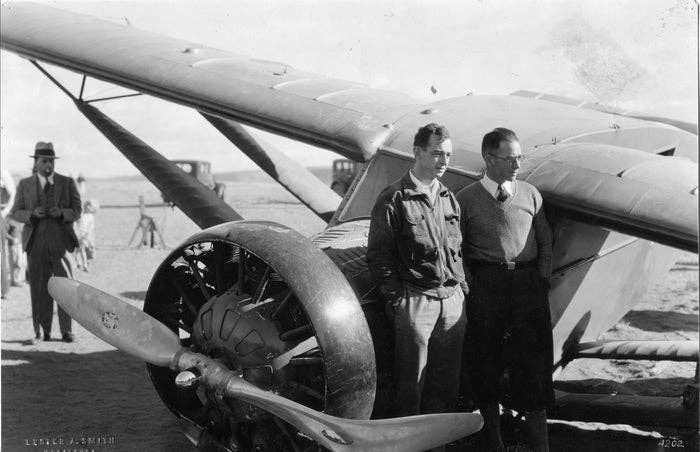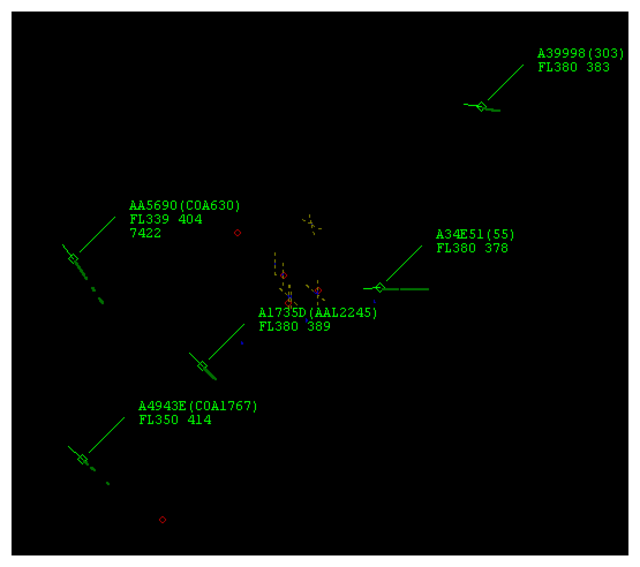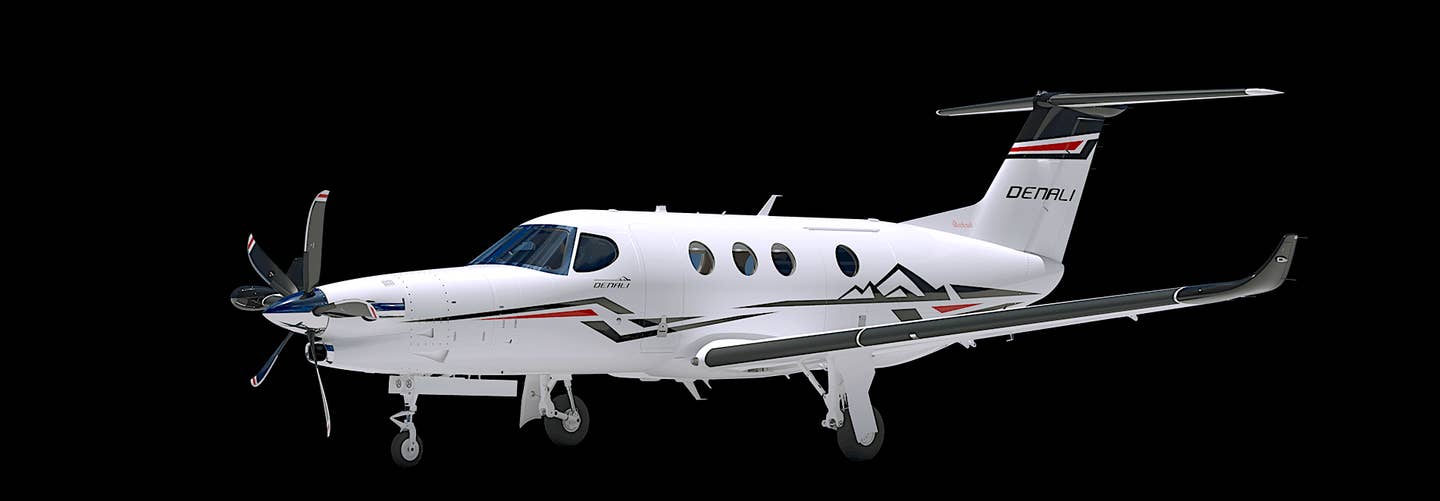Historic Aerobatic Pilot Lost His Lunch, But A Museum Has Found It
If you’ve ever wondered whatever happened to the other half of that sandwich you intended to save for later, consider this. Curators at the Wenatchee Valley Museum and Cultural Center…

Pilots Hugh Herndon, left, and Clyde Pangborn pose by their plane, Miss Veedol, after an intentional, record-setting belly landing. (Photo: Wenatchee Valley Museum & Cultural Center)
If you’ve ever wondered whatever happened to the other half of that sandwich you intended to save for later, consider this. Curators at the Wenatchee Valley Museum and Cultural Center in Washington State have a rich selection of artifacts from Washington native Clyde “Upside Down” Pangborn, including historic photos of his career as a stunt flyer and the bent propeller from his Bellanca Skyrocket, nicknamed “Miss Veedol” for a popular brand of motor oil in the 1920s and ‘30s.
But collections curator Anna Spencer had long heard rumors of another tasty tidbit of history, supposedly buried in storage in the museum’s back rooms. In 2020, in celebration of the 90th anniversary of Panghorn’s 1930 record flight from Japan to Washington in the Bellanca, Spencer went foraging for half of a sandwich that the pilot had reportedly carried on the flight (presumably after eating the first half)—or perhaps earlier flights dating back even further to 1926 (history can sometimes be inexact). She said, “We finally went looking for the sandwich—and found it. It was exciting to find and shocking to see the state of it. I assumed we’d find a pile of mold, but it was preserved extremely well.”
What must be among the most famous leftovers in aviation history was donated to the museum by a local man who found it wrapped in cellophane inside a tin among his late father’s belongings. A handwritten note suggests the sandwich flew along on the 1931 trans-Pacific flight. Indeed, records from the Smithsonian National Air and Space Museum show that in 1931, Miss Veedol took off from Japan carrying “915 gallons of fuel, 45 gallons of oil, sandwiches, tea, and chicken.”
Pangborn and co-pilot Hugh Herndon completed what the museum cites as the first nonstop trans-Pacific flight from Japan to the U.S., on Oct. 5, 1931, claiming the $25,000 prize. Miss Veedol took off from Misawa, Japan, arriving at East Wenatchee, Washington, in 41 hours and 13 minutes (but others say it might have been 15 minutes). The stock Skyrocket was modified with extra fuel tanks and jettisonable landing gear to reduce drag for the 3,964-nautical-mile flight, meaning that the triumphant landing would be on the belly of the Bellanca.






